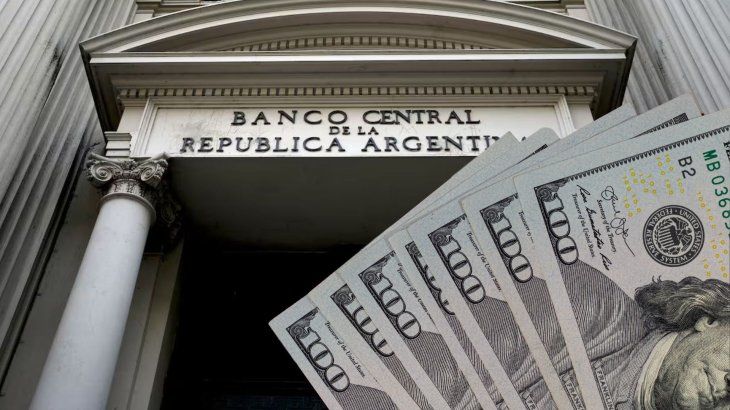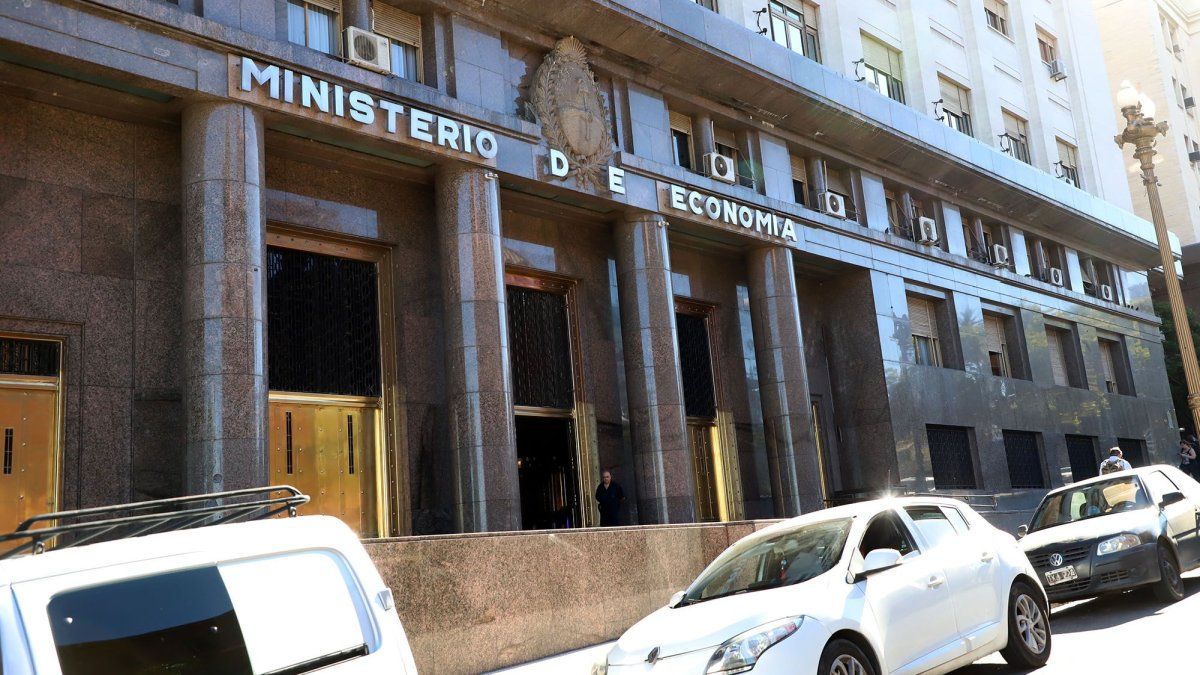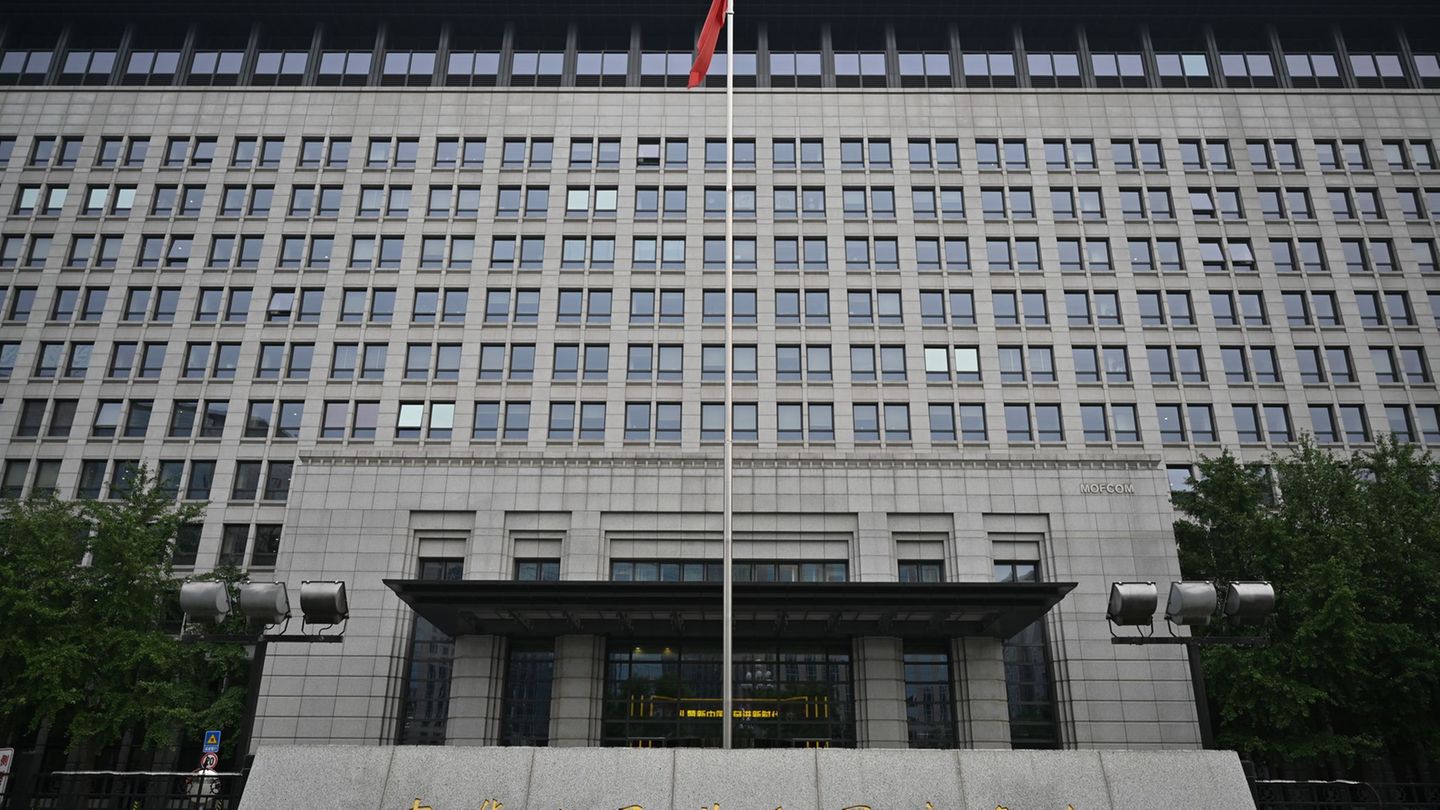The Argentina’s Ministry of Finance published its “monthly debt bulletin” this week corresponding to June 2025, a document that offers a detailed panorama on the evolution of the public debt of the country. According to the report, the gross debt reached the U $ 465,355 millionof which US $ 462,820 million are in a normal payment situation, which represents an increase of US $ 4,300 million in the last month. This increase, although moderate in monthly terms, reflects a broader trend that deserves a deep analysis: The growing weight of multilateral credit agencies in the financing of the country and the imperative need for Argentina to return to the voluntary credit market to guarantee the sustainability of its indebtedness strategy.
The debt composition: a paradigm shift
The report details that the 55% of the Argentine public debt is expressed in foreign currency, while the remaining 45% is in pesos. This balance reflects the limitations faced by the country after years of exclusion from voluntary credit markets, a situation that has pushed the government to depend more and more alternative sources of financing. Among these, multilateral credit agencies, such as International Monetary Fund (IMF), he Inter -American Development Bank (IDB) and the International Bank for Reconstruction and Development (BIRF), have emerged as the main creditors in foreign currency.
IMP DOLARS.JPG
The report details that 55% of the Argentine public debt is expressed in foreign currency.
Image created with artificial intelligence
In it first semester of 2025, Debt with these agencies experienced a record increase in U $ S16,578 millionraising the total balance Au $ S92,064 million. This growth contrasts markedly with the increase of just $ 1,271 million registered throughout 2024, when the debt with these agencies went from US $ 74,215 million to U $ S75,486 million. Under the administration of Javier Milei, Argentina has Obtained net financing of these agencies for US $ 18,381 millionan unprecedented level that underlines the current dependence of the country towards these institutions.
He IMPin particular, It stands out as the main creditor, with an increase of US $ 14,759 million in 2025, carrying the total owed AU $ S55.317 million. Far in second place is the BIRF, with an increase of US $ 1,384 million for a total of US $121 million, while eL bid, with a total debt of US $ 18,091 million, He increased his exhibition by just US $ 519 million so far this year. This imbalance in the rhythm of indebtedness between organisms It reflects not only the capacity of each institution to provide funds, but also the strategic priorities of the Argentine government in its search for external financing.
The cost of exclusion of voluntary markets
The exclusion of Argentina from the Volunteer Credit Market It has generated a structural change in the composition of its debt. On the one hand, foreign currency debt with creditors other than multilateral organisms has decreased to US $16,937 million in 2025, largely due to the cancellation of Obligations with the Central Bank of the Argentine Republic (BCRA)which were skipped using part of the IMF financing. This movement, although it reduces intrastado debt, It transforms internal liabilities into external debt, a process that is not exempt from risk.
On the other hand, the Debt in Foreign Currency Bonds It has also experienced a significant fall, with a reduction of US $ 14,614 million during the current administration, without counting the payment made in early July. This decrease reflects the inability of the country to issue a new debt in international markets, a situation that contrasts with the growing weight of multilateral loans.
Multilateral financing limits
Although multilateral organisms have been a crucial source of net financing in the first semester of 2025, Its ability to sustain this level of support has a limit. The new credit programs announced recently offer some relief, but the net impact will be moderate, since future disbursements will be partially compensated by the start of existing loans payments. This scenario It raises a critical challenge for Argentina: the need to diversify its sources of financing and, in particular, to recover access to the voluntary credit market.
The country risk, a key indicator for international investors, illustrates the difficulties facing the country. Although during the Milei management the country risk has decreased by more than 1,130 basic points, reaching more manageable levels, in 2025 it has experienced an increase of 200 basic points, while the average of the region has fallen into 35 points. This divergence shows that, despite the advances, Argentina has not yet managed to generate the necessary confidence to attract international investors in the required magnitude.
The Government has put the fiscal balance as its main letter of presentation before the markets, highlighting the discipline in public accounts as a pillar of its economic strategy. However, this achievement, although necessary, does not seem to be enough. The lack of significant purchases of dollars by the BCRA To reinforce international reserves in a genuine way has limited the improvement in the perception of Argentine bondsimposing a roof to the prospects for recovering access to international credit. The accumulation of reserves, a key indicator of external solvency, remains an obstacle to convincing markets of the country’s capacity to honor their future commitments.
DOLLAR BCRA INTERVENTION RESERVES

The lack of purchases of dollars by the BCRA to reinforce reserves limited the improvement in the perception of Argentine bonds.
The road to the voluntary market
The future of Argentine public debt presents significant challenges. The dependence of multilateral organisms, although effective in the short term, is not sustainable indefinitely. The magnitude of the net financing observed in the first half of 2025 will not be repeated in the future, which makes Argentina develop a strategy to return to the voluntary credit market. Until now, the specific operations carried out in the markets have been insufficient to cover the financing needs of the country, and the macroeconomic conditions, although improved, are not yet robust enough to inspire full confidence.
To achieve a successful return, the government must address several priorities. First of all, Consolidate fiscal balance as a credible sign of commitment to economic sustainability. In second place, implement policies that strengthen international reserves, which will require a more aggressive approach in the accumulation of currencies. Finally, it will be crucial to improve country risk perception, which could involve additional structural reforms and effective communication with global investors.
Conclusion
The recent debt bulletin of the Ministry of Finance highlights both the achievements and challenges of the Argentine financing strategy. The record increase in the loans of multilateral organisms has allowed the country to cover its immediate needs, but this source of financing cannot be the Base of a long -term strategy. The exclusion of the voluntary credit market has transformed the structure of public debt, but has also limited government options to face future maturities.
With a country risk that still fails to converge with regional levelss and an accumulation of reservations that progress slowly, The way to reintegration into international markets will be arduous. However, it is an unavoidable objective. The sustainability of the Argentine public debt will depend on the government’s ability to combine fiscal discipline, accumulation of reservations and an effective strategy of communication with the markets. Only in this way can the country reduce its dependence on multilateral organisms and build a more solid basis for its financial future.
Source: Ambito
I am a 24-year-old writer and journalist who has been working in the news industry for the past two years. I write primarily about market news, so if you’re looking for insights into what’s going on in the stock market or economic indicators, you’ve come to the right place. I also dabble in writing articles on lifestyle trends and pop culture news.




